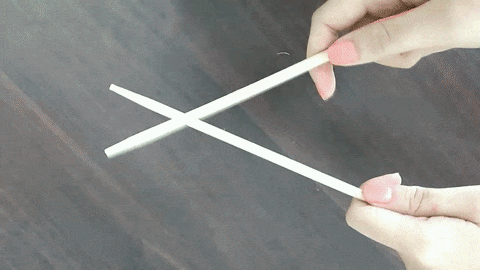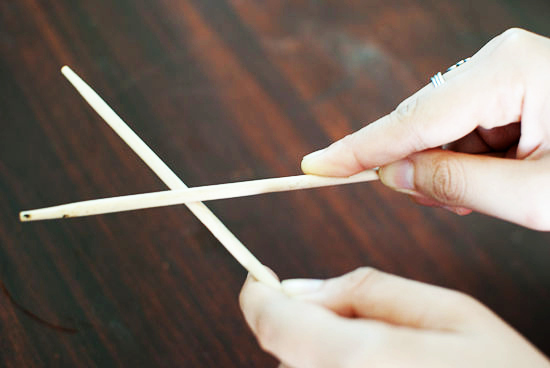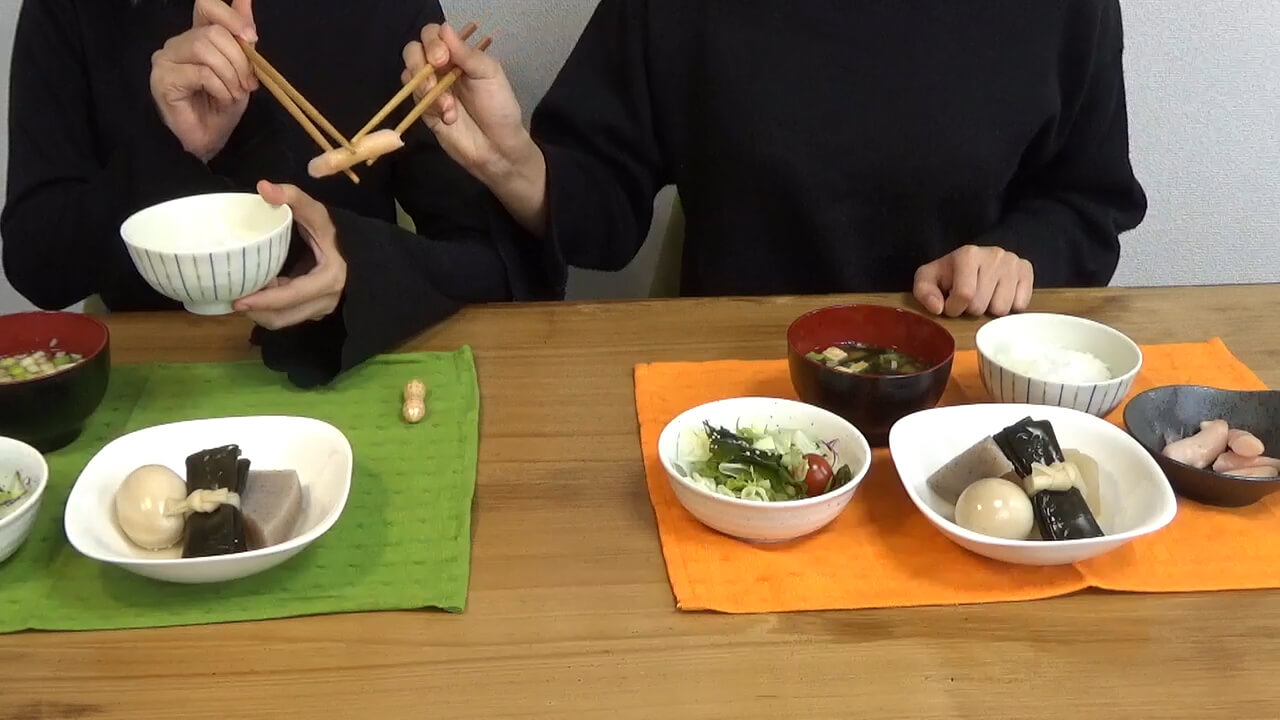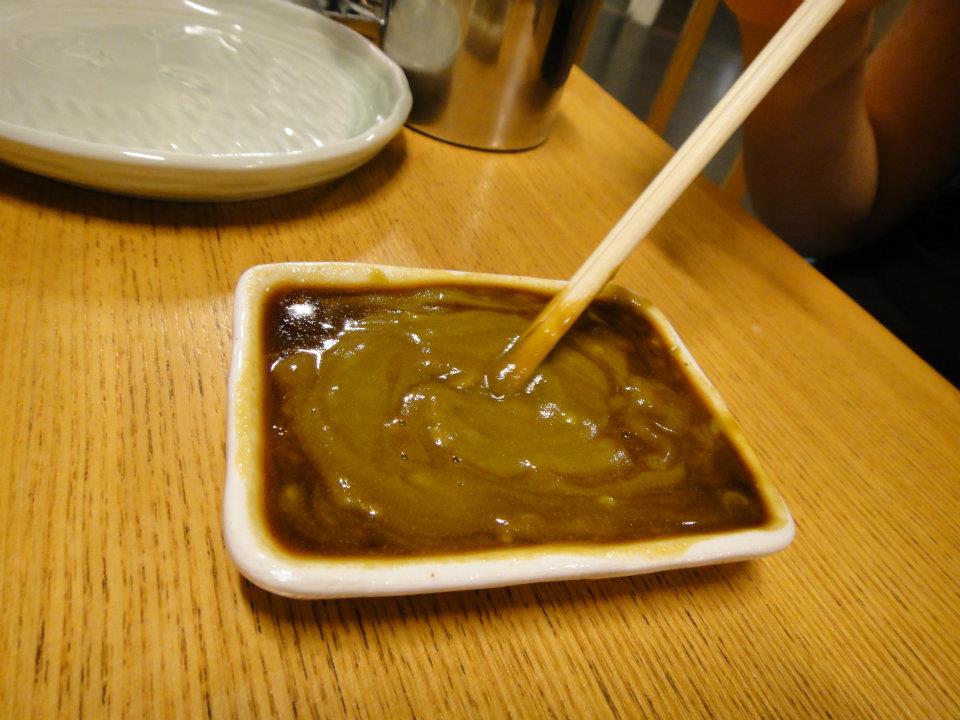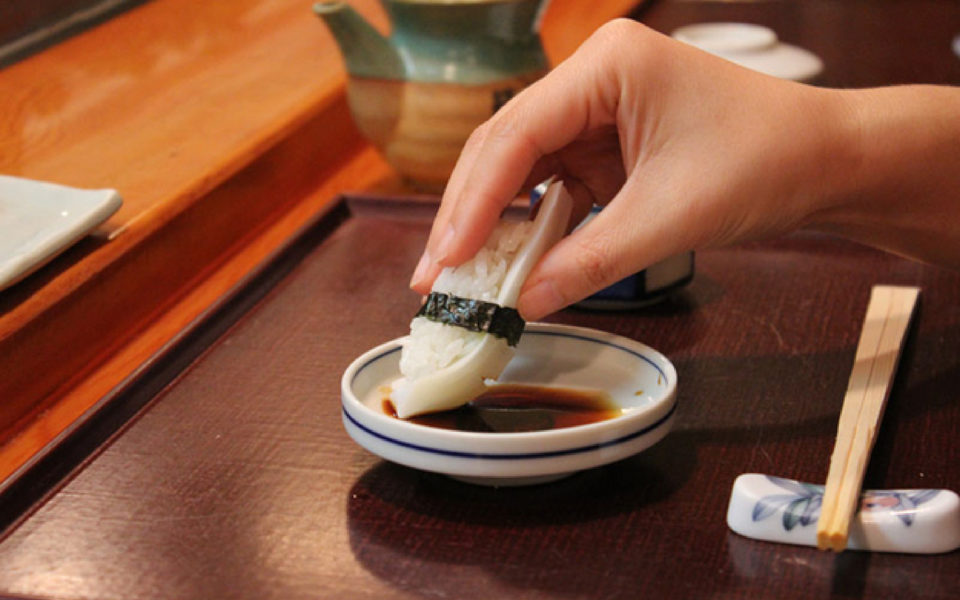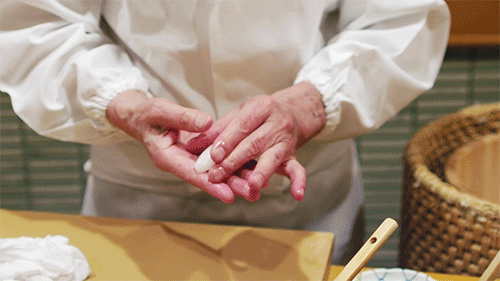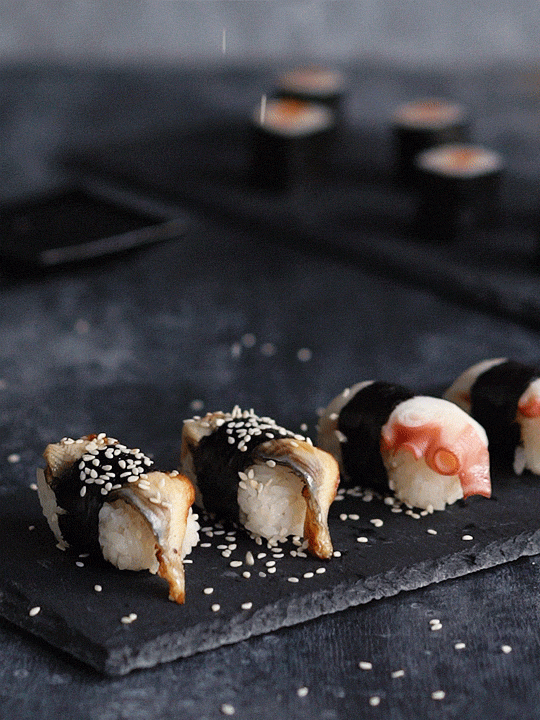11 Dos And Don't's Every Malaysian Who Loves Japanese Food Needs To Know
Itadakimasu!
It may seem normal to rub our chopsticks together and mix wasabi with soy sauce when eating at Japanese restaurants here in Malaysia, but did you know doing these is considered rude in Japan?
1. DO: Use wet towels for your hands only
Just like how we wash our hands before eating here in Malaysia, restaurants in Japan offer hot steamed towels before a meal to cleanse your hands. Avoid using the towel to wipe your face or neck.
It's generally encouraged to pick the towel up with your right hand. Once you're done wiping, fold it so that the side you wiped your hands on is on the inside.
2. DO: Wait for everyone's order to arrive before eating
It's polite to only start your meal once everyone's food has arrived at the table. You can start off the meal by saying "Itadakimasu" (which means "I humbly receive"). If there are certain dishes that are best eaten right away but some at the table still have not received their food, you could say "Osaki ni dōzo" (if you want them to go ahead and eat first before you) or "Osaki ni itadakimasu" (if you'd like them to allow you to go ahead before them).
3. DON'T: Rub chopsticks together to remove splinters
Rubbing chopsticks together to remove splinters may come across as rude, as it implies to the owner that the chopsticks are of poor quality. If there are splinters sticking out of your chopsticks, remove them discreetly.
4. DON'T: Pass food using your chopsticks to another person's
This act is frowned upon, as it is similar to the ritual of passing cremated bones from one pair of chopsticks to another during funerals. Another morbid faux pas to avoid is having chopsticks sticking out vertically from your bowl of rice, as this is only done as an offering to their demised loved ones.
5. DO: Slurp your soup
Spoons are not traditionally provided for indivual bowls of soup, so lift the bowl to your mouth and sip. You can use your chopsticks to fish out ingredients in the soup.
While slurping your soup loudly may be considered rude in some cultures, it's perfectly normal - and encouraged! - when dining with the Japanese. It shows you're enjoying your food. =)
6. DON'T: Mix wasabi with soy sauce
When eating sushi, do not mix wasabi into your soy sauce bowl. It's said to alter the taste of the sushi, and can be seen as insulting to the chef. As sushi comes with a small spread of wasabi between the fish and the rice, diners would traditionally accept the chef's judgement on the quantity.
However, if extra wasabi is required, spread some on the fish, rather than mixing the wasabi into the soy sauce.
7. DON'T: Dip rice in soy sauce
The right way to dip your sushi is to turn it upside down so that only the fish touches the soy sauce, and not the rice. Soaking the rice with soy sauce is said to overpower the flavour of the dish, and is offensive to the chef as well who has taken great care to flavour the rice perfectly.
Plus, there's a high chance your rice will start to collapse when it's wet with soy sauce and you'll end up with clumps of rice in the soy sauce bowl - which is a big no-no.
8. DO: Use your hands to eat sushi if you need to
If you're worried your sushi might fall apart, it's okay to use your hands to eat it. However, sashimi is only to be eaten with chopsticks.
9. DO: Eat sushi in one bite
As the chef has painstakingly prepared the perfect piece for his diners, it's best to avoid splitting your sushi in half.
10. DO: Finish every grain of rice
Just as how wasting food is frowned upon when eating in Malaysia, the same thing applies in Japanese dining. Cleaning your bowl of rice is seen as good etiquette. Also, finishing all your food signifies that you are more than satisfied with your meal.
11. DON'T: Pour your own drink
Meals are usually accompanied by either beer or sake. Wait for all glasses to be filled, raise your glass to kanpai - the equivalent of "Cheers!" - and then drink. The Japanese make it a point to pour each other's drinks and never pour their own glass.
At the end of the day, it's all about respecting the care and expertise that goes into the preparation of your meal
